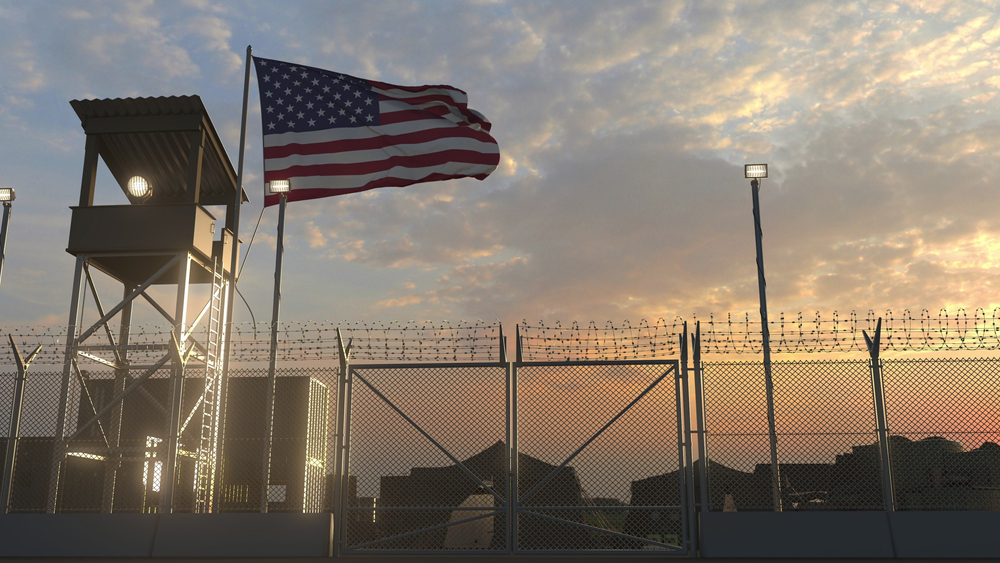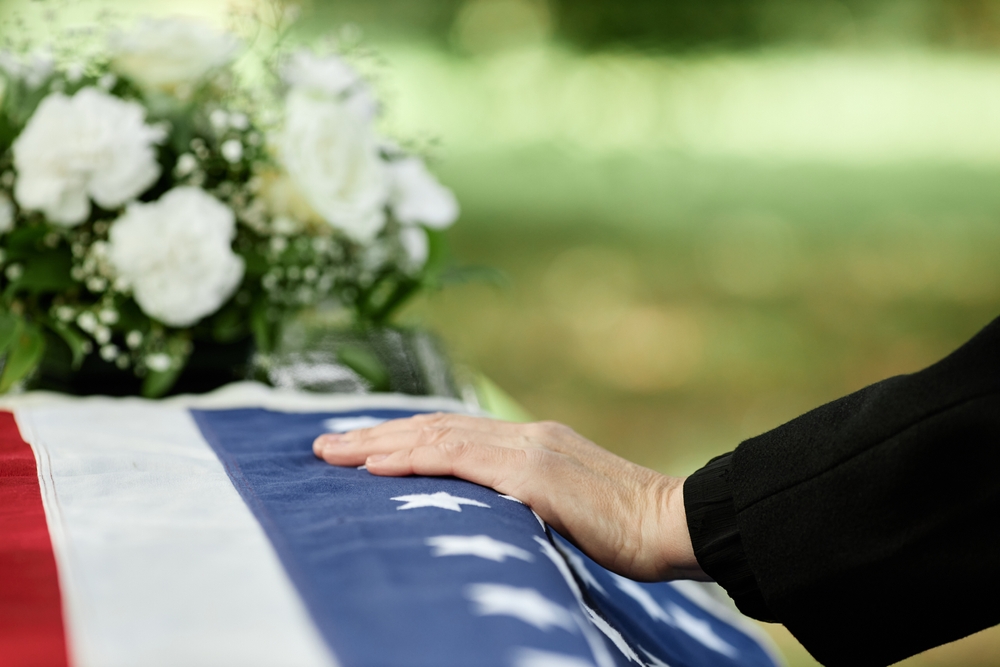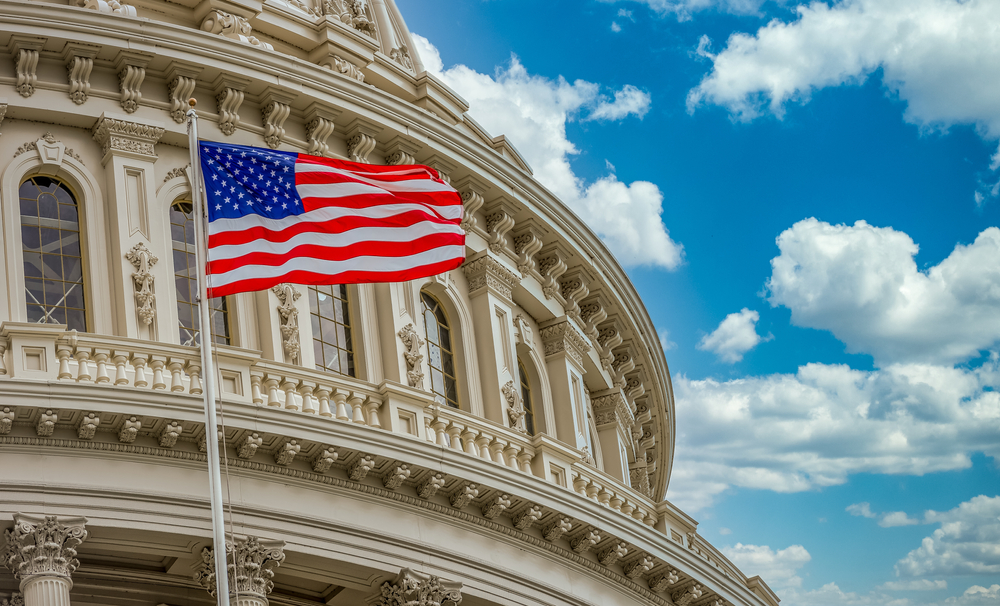Cases of Toxic Exposure Found at Military Bases
United States military members put their lives on the line to protect their citizens. Servicemembers and their families must live where they are assigned, which is often on base. They have the right to expect that the place they call home will be safe.
Unfortunately, there are at least 400 active and closed U.S. military installations where toxic chemicals have been found in the water used for drinking, cooking, and bathing. Of those, 149 are so severely contaminated that they are designated Superfund sites by the Environmental Protection Agency (EPA), requiring decades of cleanup.

Toxins found on Superfund sites include per- and polyfluoroalkyl substances (PFAS). These “forever chemicals” are found in thousands of everyday foods and products and don’t break down in the environment. PFAS were found in 98% of Americans in one study. They can cause liver damage, testicular and kidney cancer, changes in cholesterol and thyroid levels, and other issues.
Untold victims have developed serious or fatal health problems after years of exposure to PFAS and many other contaminants. What’s more, many of these bases knew of the contamination and kept it quiet for decades. Servicemembers and their families were poisoned by the very military they pledged to serve.
Jet Fuel Contaminated Water at Hawaiian Naval Base
In November 2021, hundreds of families living at U.S. Navy Joint Base Pearl Harbor-Hickam called to report a strong petroleum smell in their tap water. The affected water supply served five housing communities of 93,000 residents, including two elementary schools.
An investigation by the Hawaii Dept. of Health (DOH) revealed that a massive jet fuel leak from the Red Hill Bulk Fuel Storage Facility had contaminated the water throughout Honolulu, releasing petroleum levels 350 times that of safety standards.
DOH officials ordered the immediate suspension of all operations at the World War II-era facility, which was fined $325,000 in October for maintenance and operations violations after a previous fuel leak.
A year passed before the Navy agreed to defuel and permanently close Red Hill, a process they say is on track for completion by June 2024.
But the true scope of health problems caused by the contamination is still coming to light.
An alarming September 2022 survey by the Hawaii DOH and the Centers For Disease Control (CDC) found that out of 986 affected residents:
- 80% reported health problems
- 50% reported worse overall physical health
- 55% reported worse mental health
- 29% reported signs of petroleum in the water within the past 30 days of the survey
Studies have shown that fuel exposure can cause vomiting, abdominal pain, and seizures, just to name a few.
Dangerous Contamination: A Nationwide Epidemic
The jet fuel leak at Hickam AFB is just one example of toxic chemical exposure at hundreds of bases across the country.
California’s George AFB was decommissioned in 1992 after being named an EPA Superfund site. Former residents at the base, who failed in their efforts to sue the federal government in August, developed cancer, heart disease, miscarriages, infertility and other problems after living there beginning in 1941. Thirty-three hazardous chemicals were found in the soil, water, and air, including PFAS, jet fuel, lead-based paint, radioactive substances, and trichloroethylene (TCE), a solvent used to degrease airplanes.
Hill AFB in Utah is active despite being a Superfund site. The EPA, which has monitored it since 1987, said in 2017 that an “unsafe level of contamination” still exists in certain areas.
PFAS were discovered at more than 30 military bases in 2017 alone.
According to the Governmental Accountability Office (GAO), millions of taxpayer dollars and decades of study have yielded very little actual cleanup.
The Air Force is using a strategy at most bases called Monitored natural attenuation, which will allow nature to slowly break down the chemicals over time. One supervisor said final decontamination would take an estimated 70 more years on top of 30 already completed.
But experts peg that number closer to 500 years for pesticides and solvents and up to 40,000 years for fuel.
One of the most infamous water contamination crises is that of Camp Lejeune, where an estimated 50,000 people developed catastrophic or fatal illnesses after 30 years of exposure to extremely high levels of carcinogens and other toxins. The U.S. Marine Corps kept this hidden for almost 20 years.
Resulting conditions included many of those found at other bases, in addition to Parkinson’s disease and at least nine different cancers.
TCE, tetrachloroethylene (PCE), vinyl chloride, and benzene were all found at Camp Lejeune in amounts hundreds of times the safe level. Collectively, these chemicals are used for dry cleaning, metal degreasing, and manufacturing of household plastics, gasoline, lubricants, detergents, drugs and pesticides.
Camp Lejeune Victims Can Seek Justice
Camp Lejeune victims have become the first and only group permitted to sue the U.S. government for their subsequent health problems.
Military members usually can’t sue the government for injuries sustained during their time of service. But after the passage of the Camp Lejeune Justice Act (CLJA) earlier this year, those with qualifying illnesses who lived or worked there for at least 30 days from August 1, 1953, through December 31, 1987, can file a water contamination claim. If the claim is denied, a Camp Lejeune lawsuit can proceed.
Camp Lejeune attorneys are helping servicemembers, their family members and others who lived and worked on the base to file claims for their injuries and wrongful death. There is a two-year window for filing a claim.
Sadly, the Camp Lejeune Justice Act is the exception to the rule. Similar attempted lawsuits by victims at many other bases have been summarily dismissed due to the federal government’s “sovereign immunity.” The sovereign immunity doctrine, originally inherited from British common law, means the government cannot be sued unless the government itself waives that right.
Various bills filed in Congress to help overcome these hurdles have been unsuccessful.

















